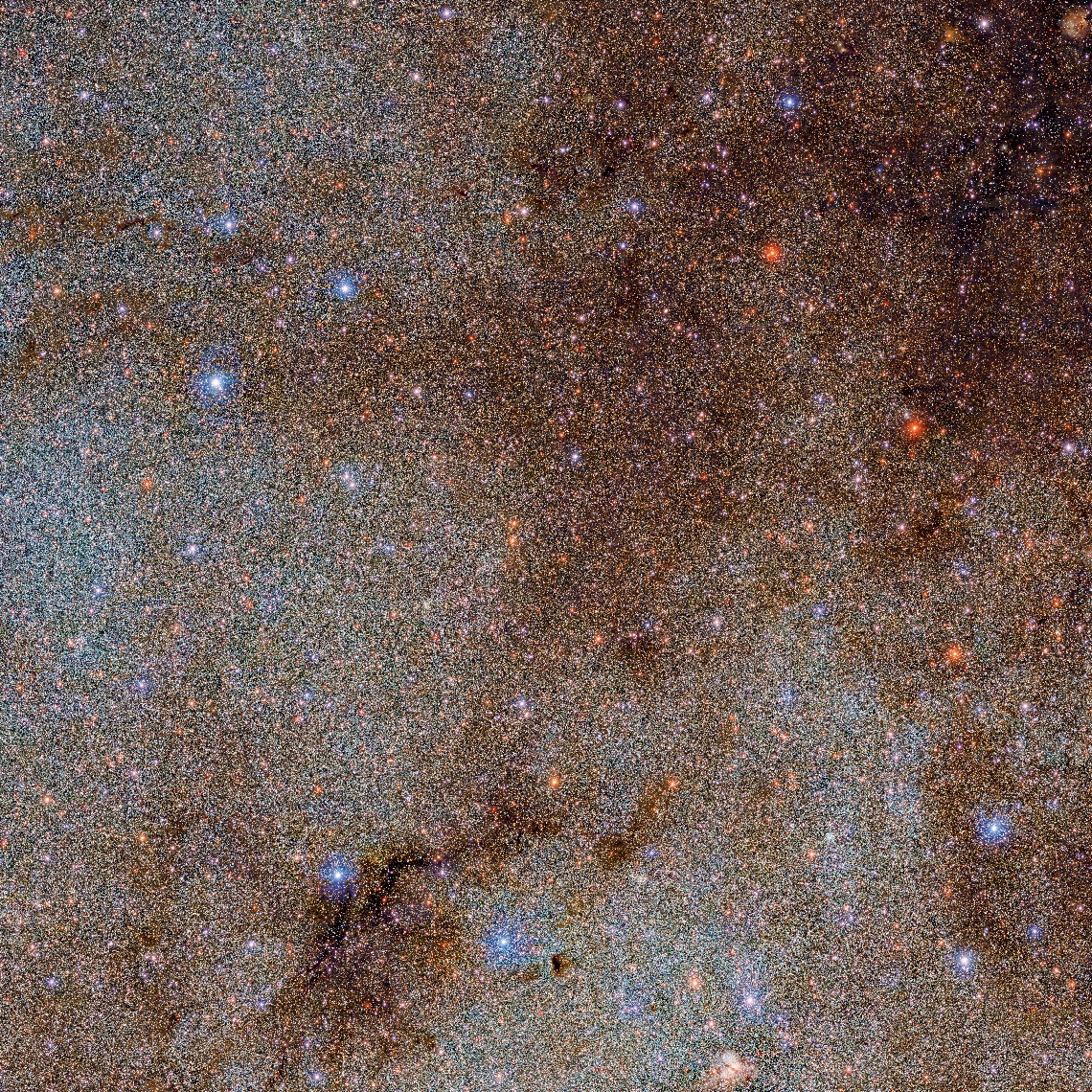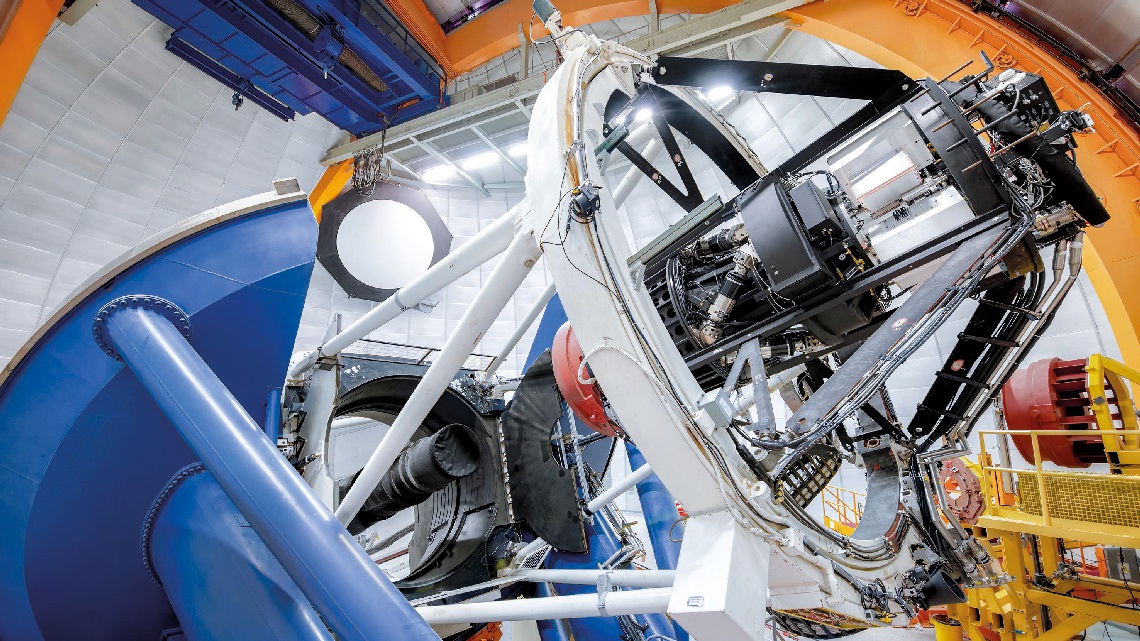
The Milky Way’s stars and dust cloudsDOE / FNAL / DECam / R. Hahn / CTIO / NOIRLab / NSF / AURA
Over a two-year period and 260 hours of observation, a camera called DECam (dark energy camera), installed at an altitude of 2,200 meters on the 4-meter Víctor M. Blanco Telescope in Cerro Tololo, Chile, recorded 3.32 billion celestial objects in our galaxy, the Milky Way, of which roughly 2 billion are stars. It is the largest survey of its kind to date. “Imagine a group photo of over three billion people and every single individual is recognizable,” Debra Fischer, division director of astronomical sciences at the US National Science Foundation (NSF), one of the agencies that funded the project, told the Harvard and Smithsonian Center for Astrophysics. When added to a map of 2 billion objects created in 2017, the resulting image covers about 6.5% of the night sky and measures 130 degrees across, an area 13,000 times larger than the full Moon. By observing wavelengths in the near-infrared range, the scientists were able to look past the space dust that absorbs light and hides the faintest stars. An innovative approach to data processing allowed them to reduce the effect of the dust and gas clouds and better predict what might be behind each star (Astrophysical Journal Supplement Series and Harvard & Smithsonian Center for Astrophysics, January 18).
Republish